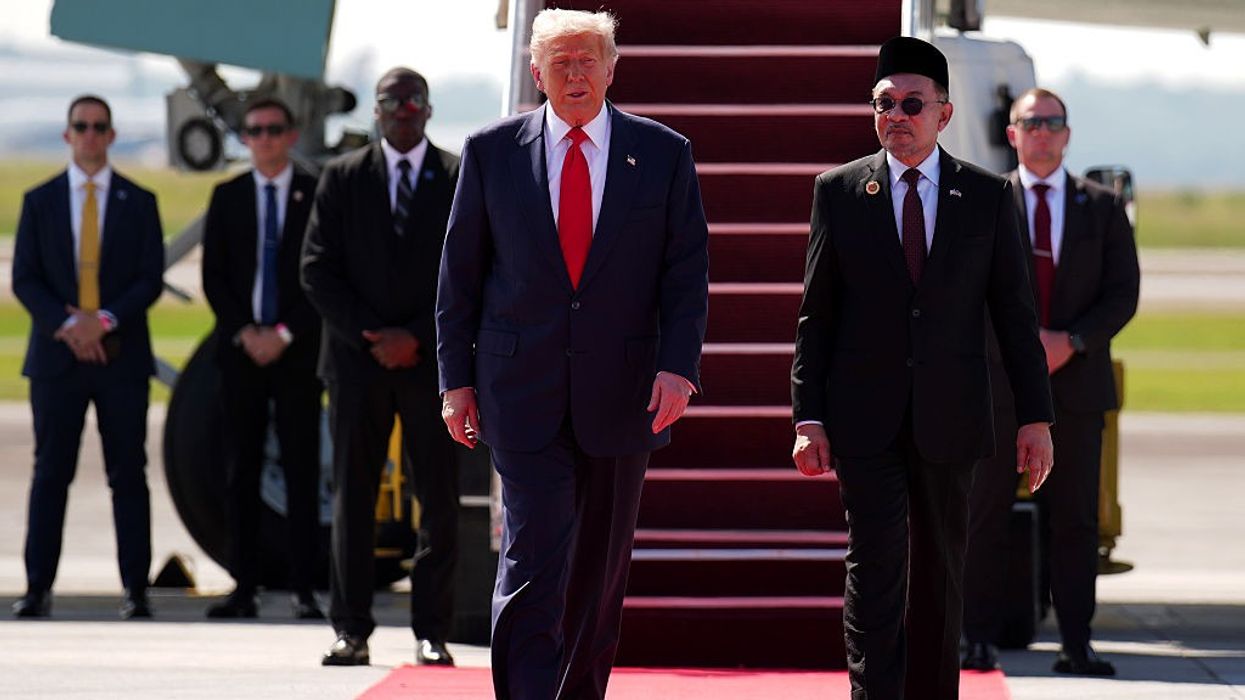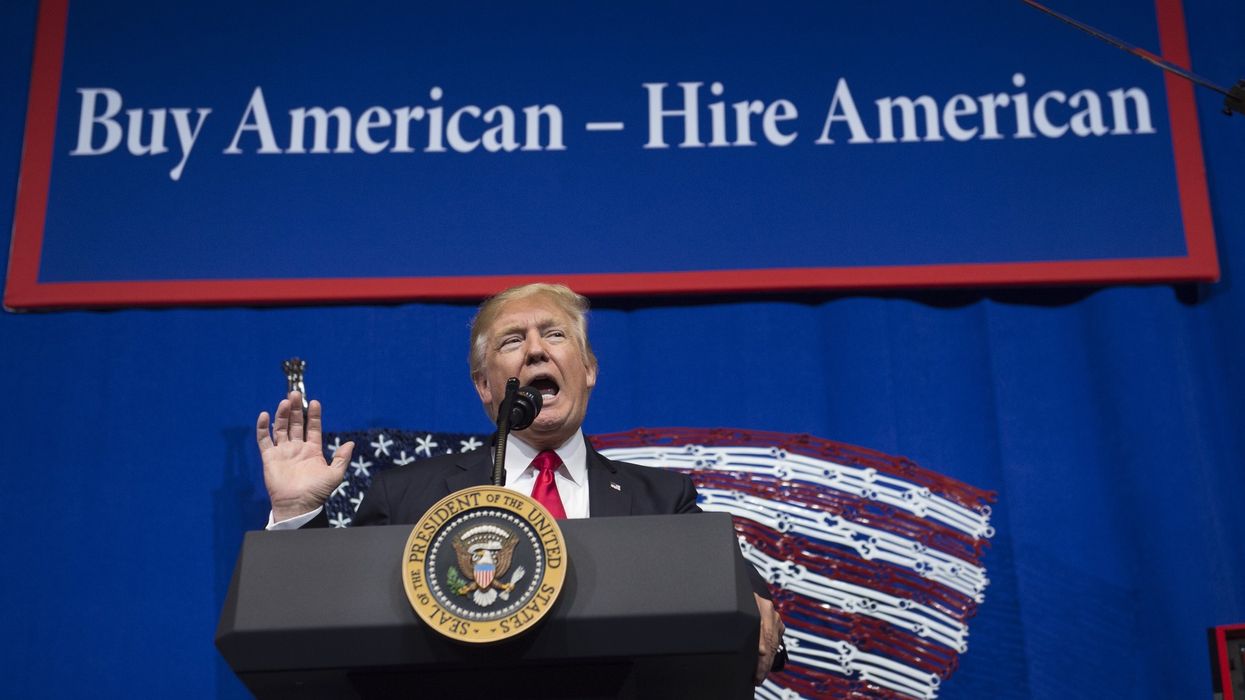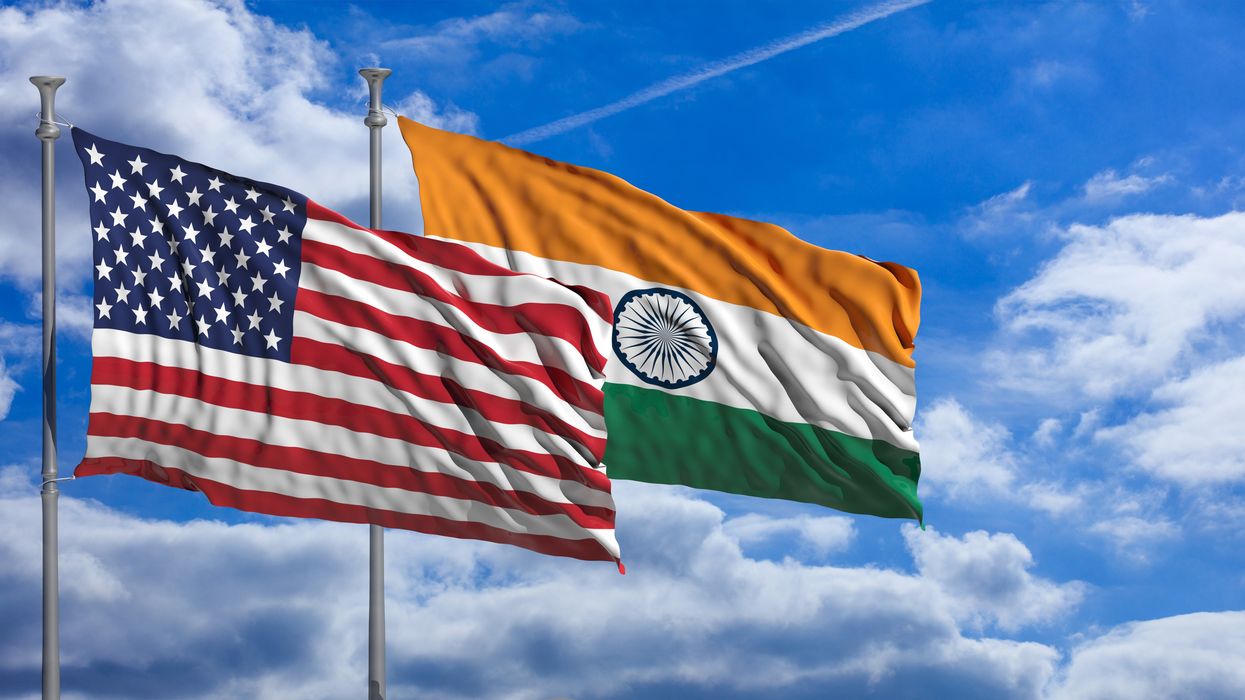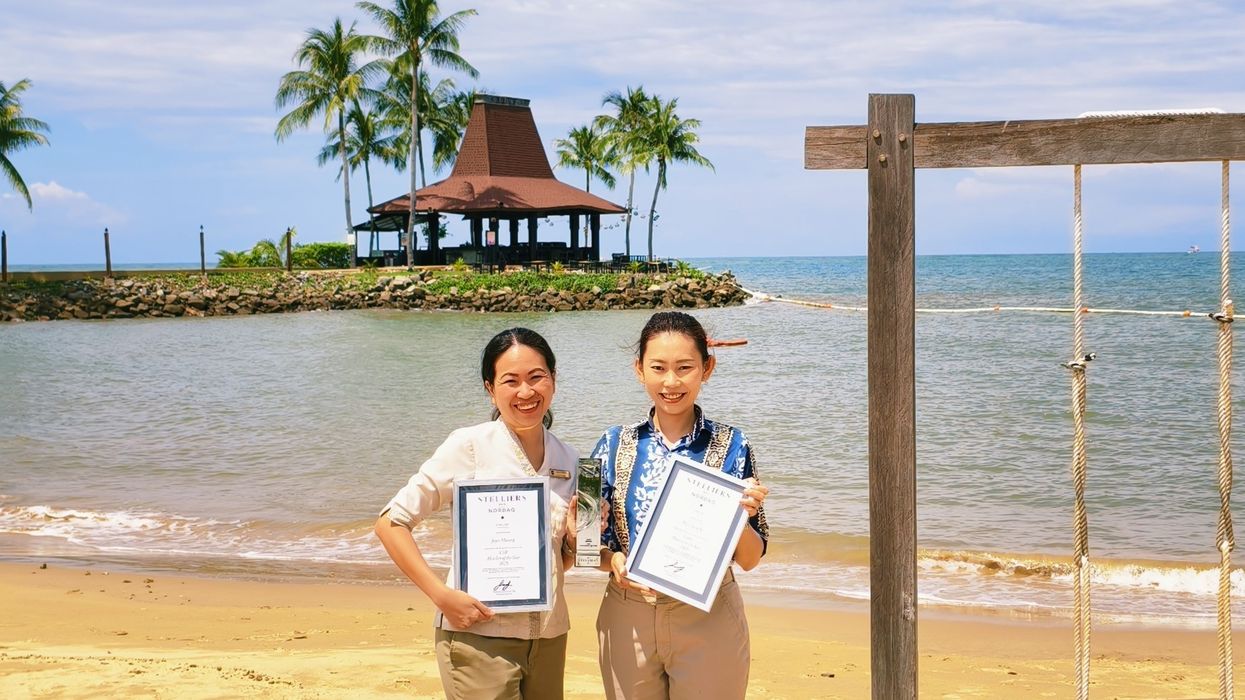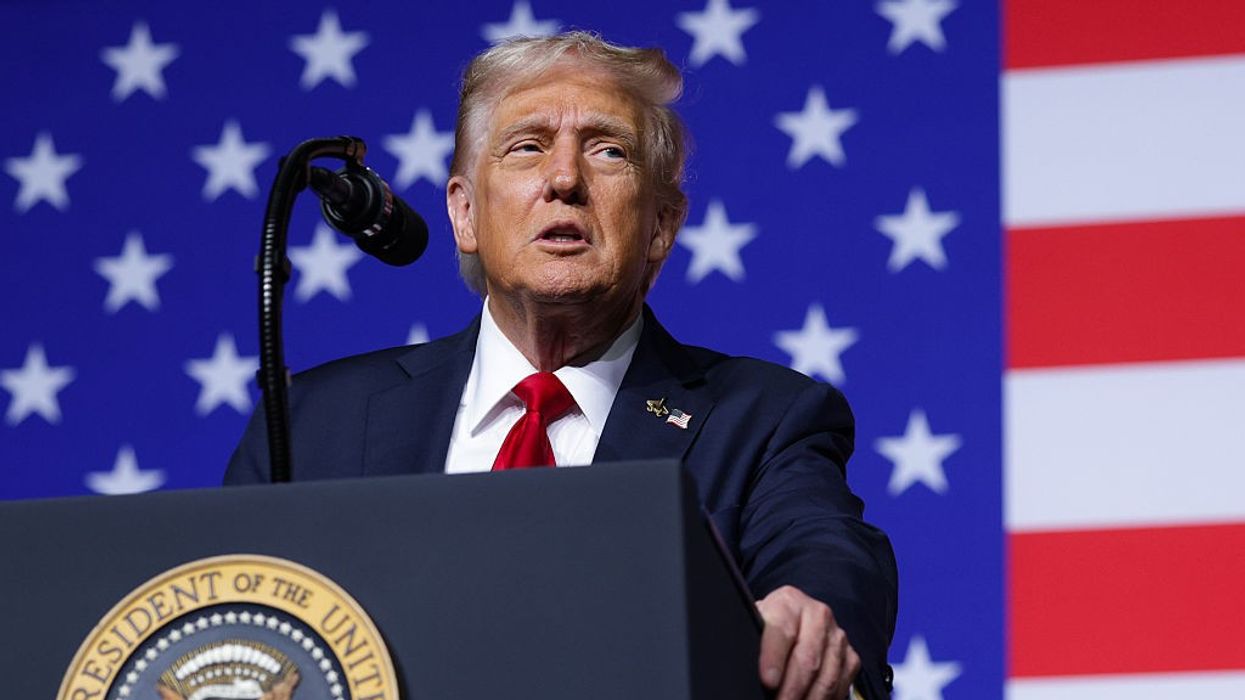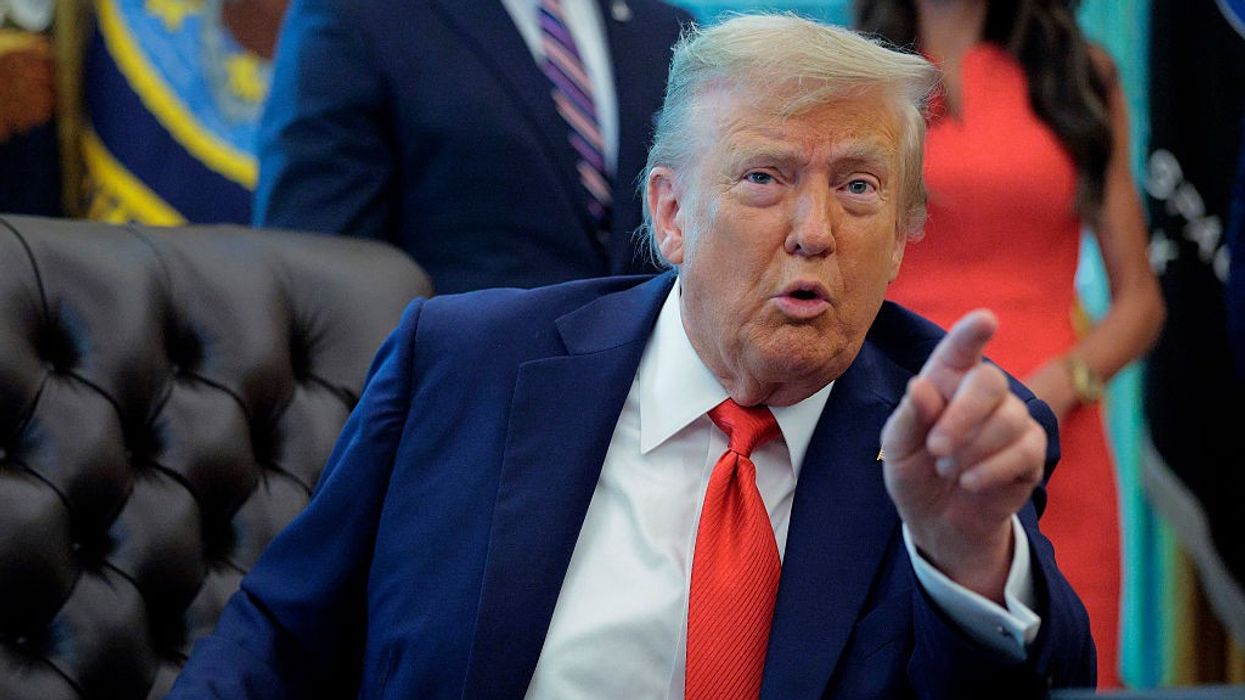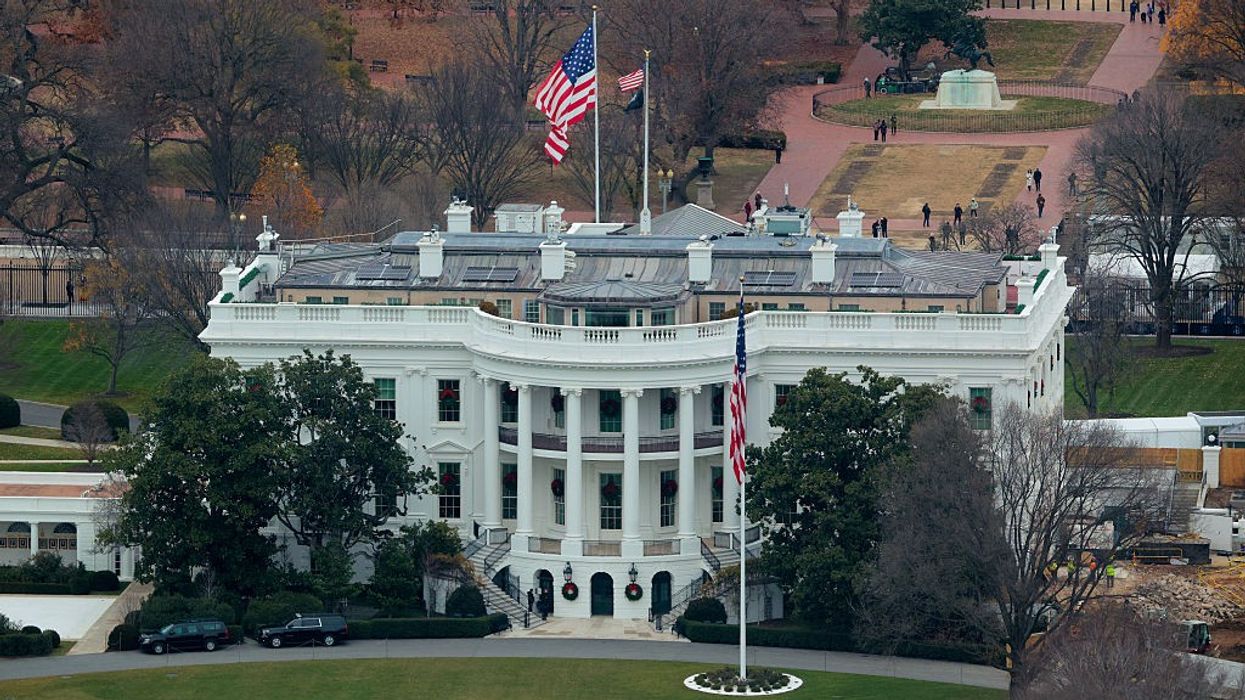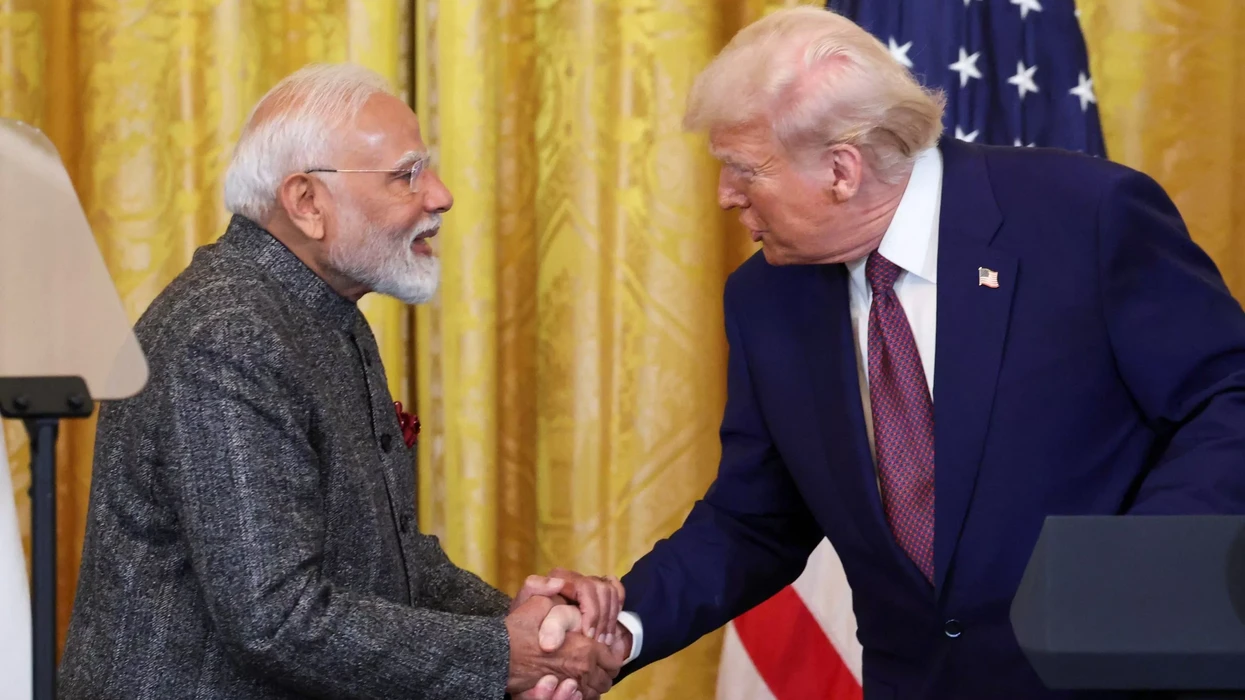Highlights:
- The US and Malaysia sign 4150 billion worth of rare earth and trade agreements at the ASEAN Summit 2025.
- Deal aims to diversify global supply chains and reduce dependence on China.
- Malaysia to boost rare earth processing capacity by up to 300 per cent by 2030.
- Agreements include energy, semiconductors, and aerospace collaborations.
- Marks the upgrade of US-Malaysia ties to a Comprehensive Strategic Partnership.
Rare earth elements (REEs) comprise 17 critical metals, including neodymium, dysprosium, and yttrium, that form the backbone of modern technologies, from smartphones and electric vehicles to fighter jets and renewable energy systems. Although these metals are relatively abundant, their extraction and processing require complex, costly, and environmentally sensitive methods.
Globally, China remains the undisputed leader, accounting for about 60 per cent of rare earth mining and over 80 per cent of refining and processing capacity. The US, despite having resources such as the Mountain Pass mine in California, still relies heavily on imports. Malaysia, however, has emerged as a crucial alternative, possessing an estimated 16.2 million tons of rare earth reserves, the world’s fourth largest. Its current output, however, remains small at around 130-310 tons annually.
Why are rare earths at heart of geopolitics?
Rare earths categorized as ‘critical minerals’ due to their indispensable role in national defense and green energy technology. They power electric vehicles, wind turbines, precision-guided missiles, and communication systems, all sectors where global demand is surging.
Geopolitical tensions, particularly between Washington and Beijing, have turned rare earths into strategic assets. After China restricted exports of key minerals to the US in 2023, Washington accelerated efforts to diversify sourcing and reduce vulnerabilities. Both Trump and Biden administrations emphasized ‘mineral independence,’ launching executive orders and funding alternative supply chains to prevent future Chinese leverage over global manufacturing.
What exactly did the US and Malaysia agree to?
During the ASEAN Summit in Kuala Lumpur on Sunday (26) president Donald Trump and prime minister Anwar Ibrahim announced a series of agreements focused on critical minerals, trade, and technology collaboration. The accords mark a pivotal shift, elevating US-Malaysia relations to a Comprehensive Strategic Partnership.
Key provisions include:
- A Memorandum of Understanding on cooperation in rare earth development, extraction, processing and recycling.
- Commitments from Malaysia to avoid export bans or restrictions on rare earths to the US.
- Facilitation of joint ventures between American and Malaysian companies for investment and technology transfer.
- Malaysia will continue banning exports of unprocessed raw ore but allow processed materials to flow freely to the US.
Economically, these agreements unlock up to $150 billion in commercial deals, spanning sectors like energy, semiconductors, aerospace, and digital infrastructure. Additionally, the US will gain preferential access for agricultural and industrial exports, while Malaysia secures license and permits for American-linked projects.
What are the numbers and economic targets behind the pact?
Malaysia plans an ambitious expansion of its rare earth processing capabilities targeting a 200-300 per cent increase by 2030. This would raise its share of global refining from about 10 per cent today to as much as 20 per cent, positioning it as a world leader after China.
The infrastructure push, estimated at $ 2-3 billion, will draw significant US investment. Meanwhile, energy cooperation includes up to 5 million tons of LNG exports annually, worth $3.4 billion. The measures are expected to attract technology, create local jobs, and build Malaysia’s industrial ecosystem for advanced manufacturing such as rare earth magnets and semiconductor components.
Why Is This Deal a Big Win for Both Countries?
For the United States, the pact marks a decisive step toward supply chain diversification, reducing exposure to Chinese-dominated mineral markets. It ensures a reliable supply of materials essential for electric vehicles, renewable technologies, and defense systems. This strategic collaboration also gives Washington leverage in ongoing trade negotiations with China.
For Malaysia, the deal represents a chance to become Asia’s rare earth processing hub. By 2030, Kuala Lumpur aims to handle up to one-fifth of global refining capacity. The partnership also promises industrial modernization, skill development, and technology transfer, while diversifying its trade ties beyond China and Australia.
What are the risks and strategic challenges ahead?
Despite the optimism, challenges persist. Rare earth extraction and processing remain environmentally contentious, particularly due to radioactive waste management. Local communities in Malaysia have raised concerns about ecological risks. Moreover, Malaysia must carefully balance ties with both the US and China, its top trading partner, to avoid diplomatic friction.
Geopolitically, this move strengthens Washington’s foothold in Southeast Asia amid Beijing’s tightening control over mineral exports. However, success depends on execution, regulatory clarity, and sustainable mining practices, as global scrutiny on environmental standards grows.
What does this mean for the global supply chain?
The US-Malaysia rare earth deal is a defining moment for critical mineral diplomacy. As global demand for green energy and electric vehicles surges, this agreement symbolizes the beginning of a new phase in resource geopolitics, one focused on diversification, regional partnerships, and technological resilience.
By aligning economic interests with environmental responsibility, both nations aim to build a more secure and sustainable rare earth supply chain, reshaping the balance of power in one of the world’s most strategic industries.
